.. ,
. . . ,,
week six
casting (almost) anything
. . , .
Cutting a Wax Mold
As I have several tiny succlents on my desk, I thought adding a plaster succulent would be very fun so I decided to model that.
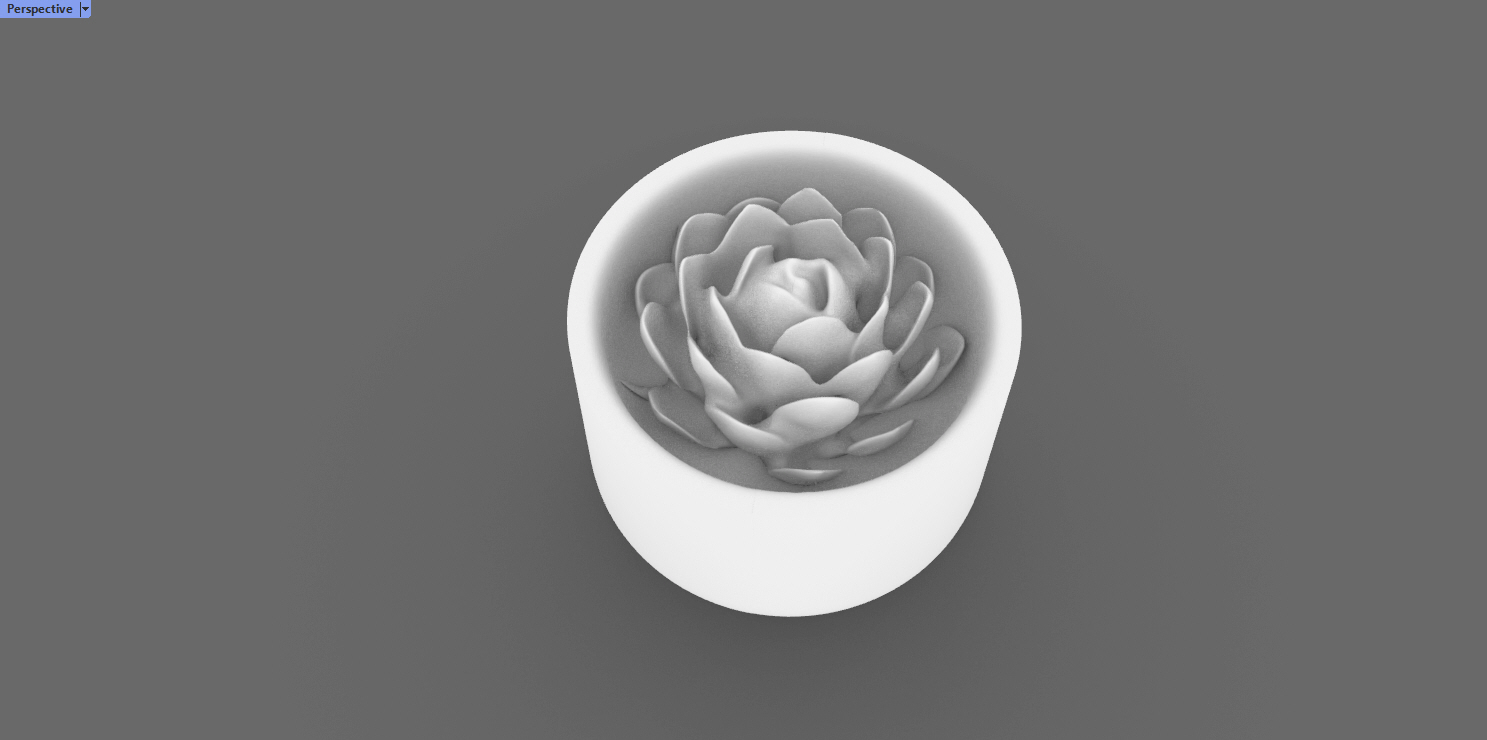
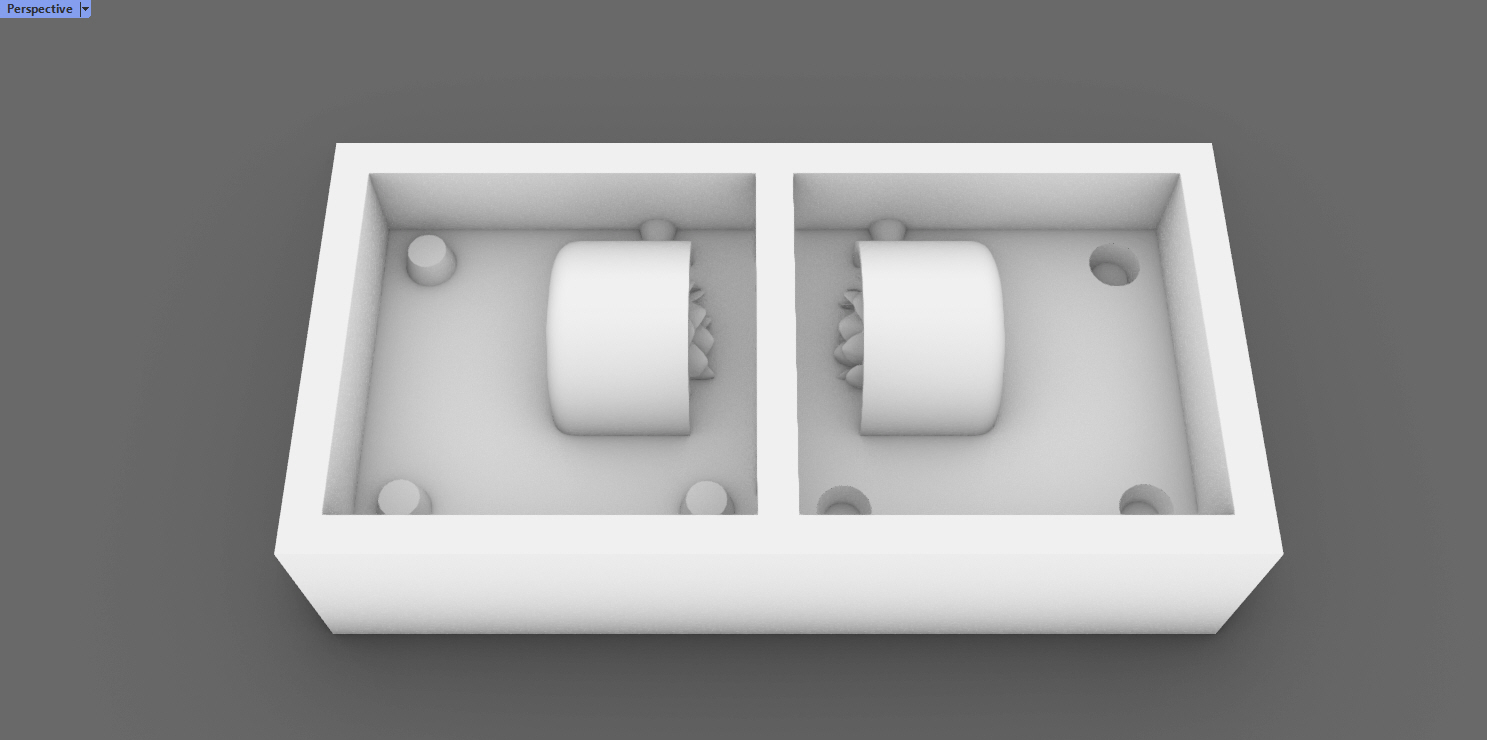

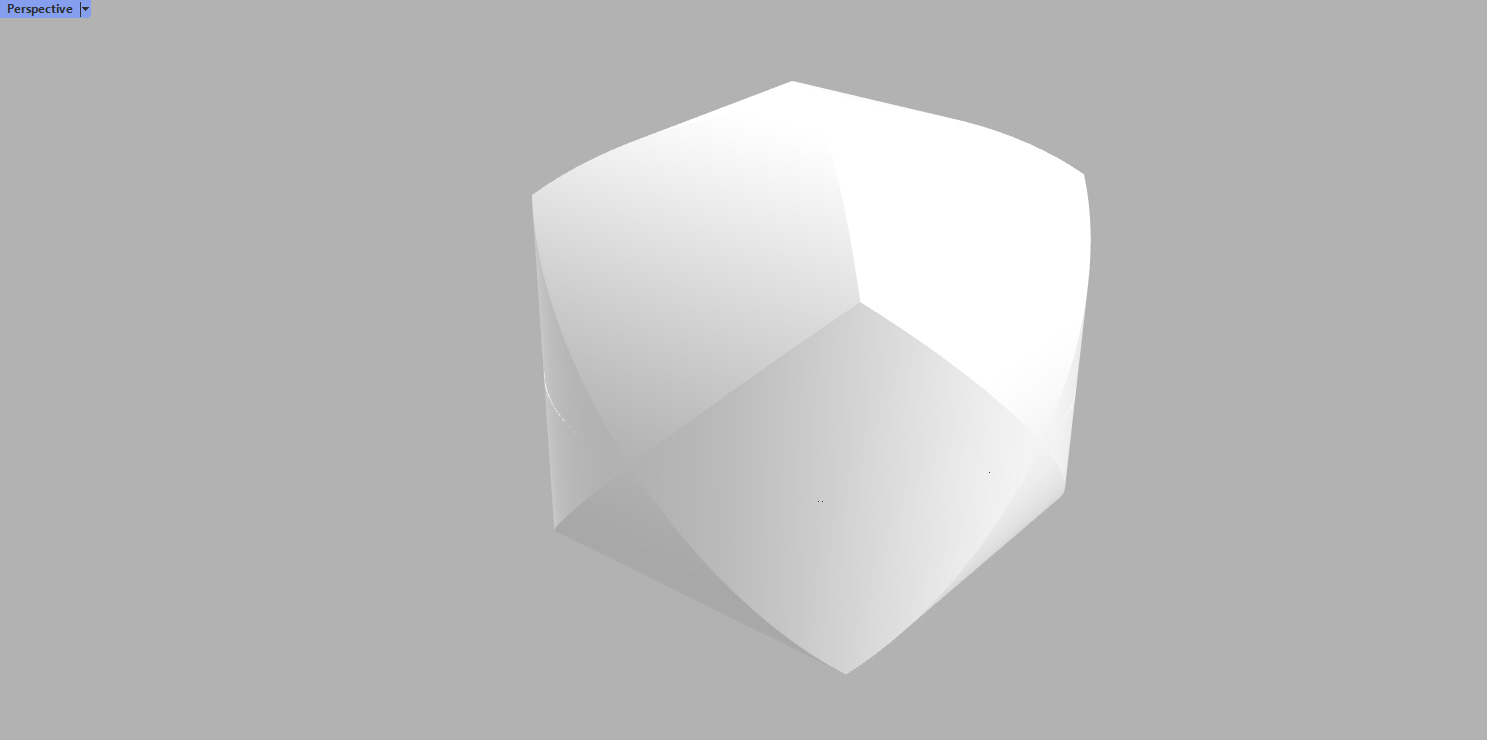




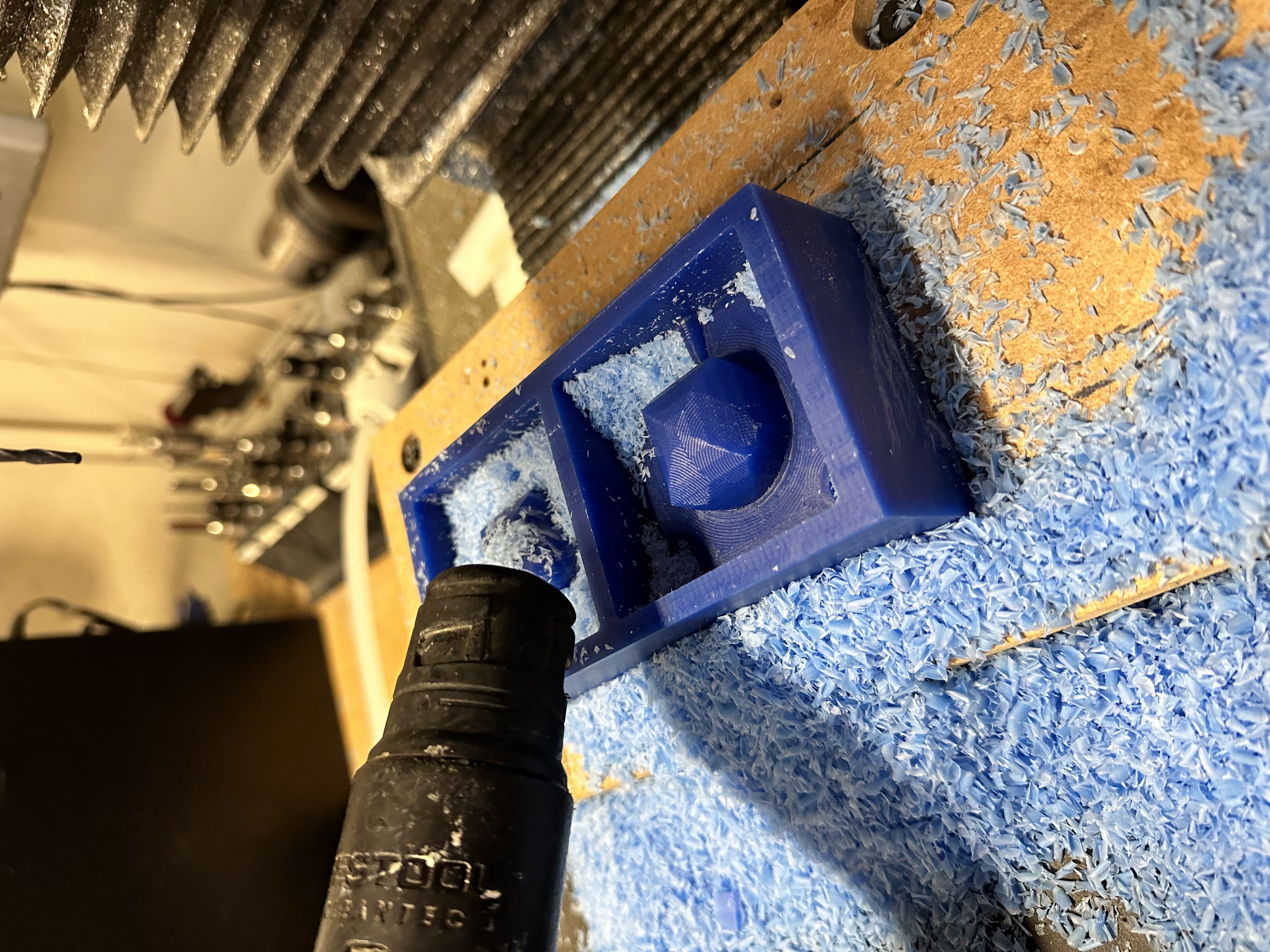
. . , .
Casting a Silicone Mold
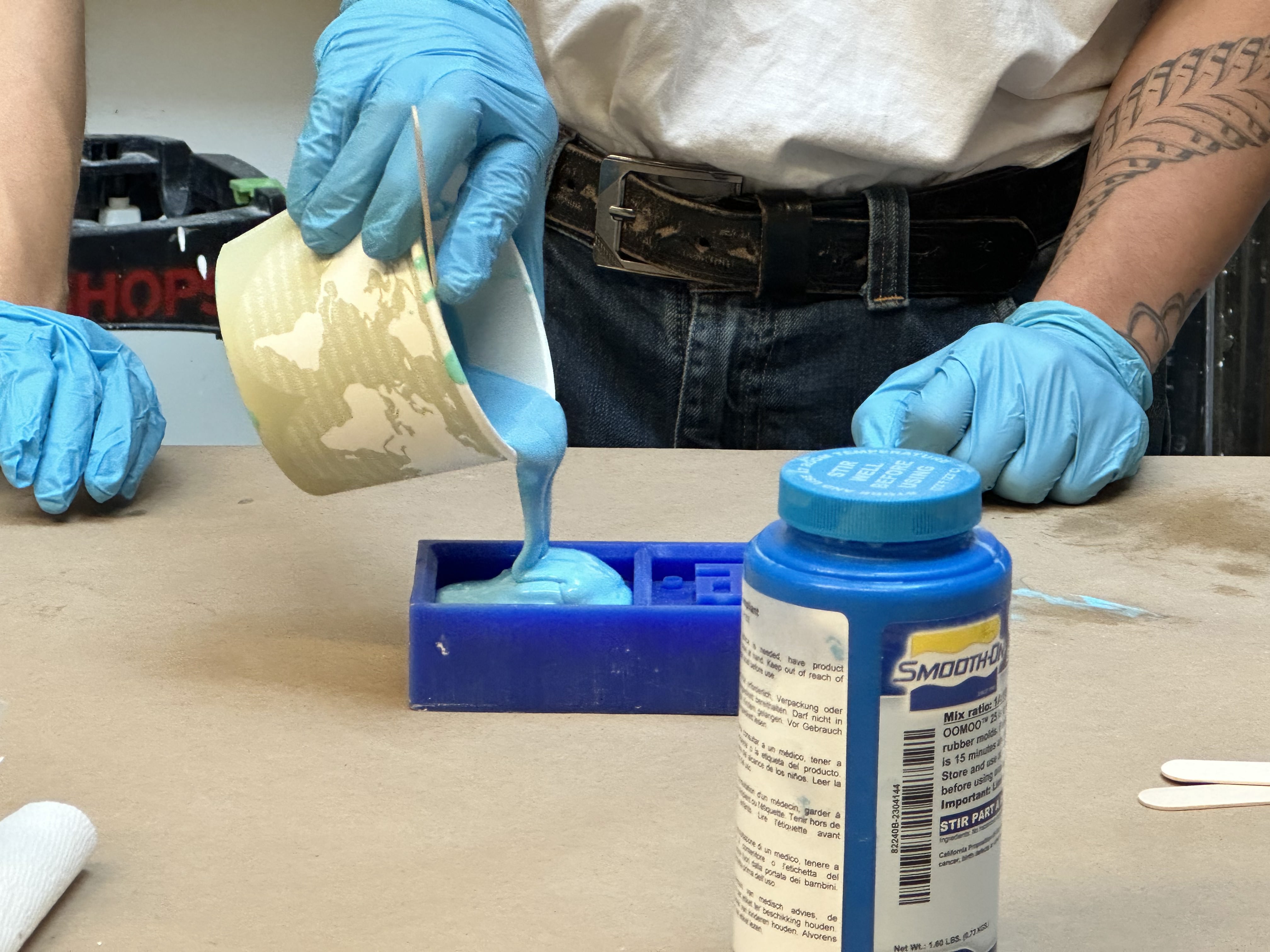
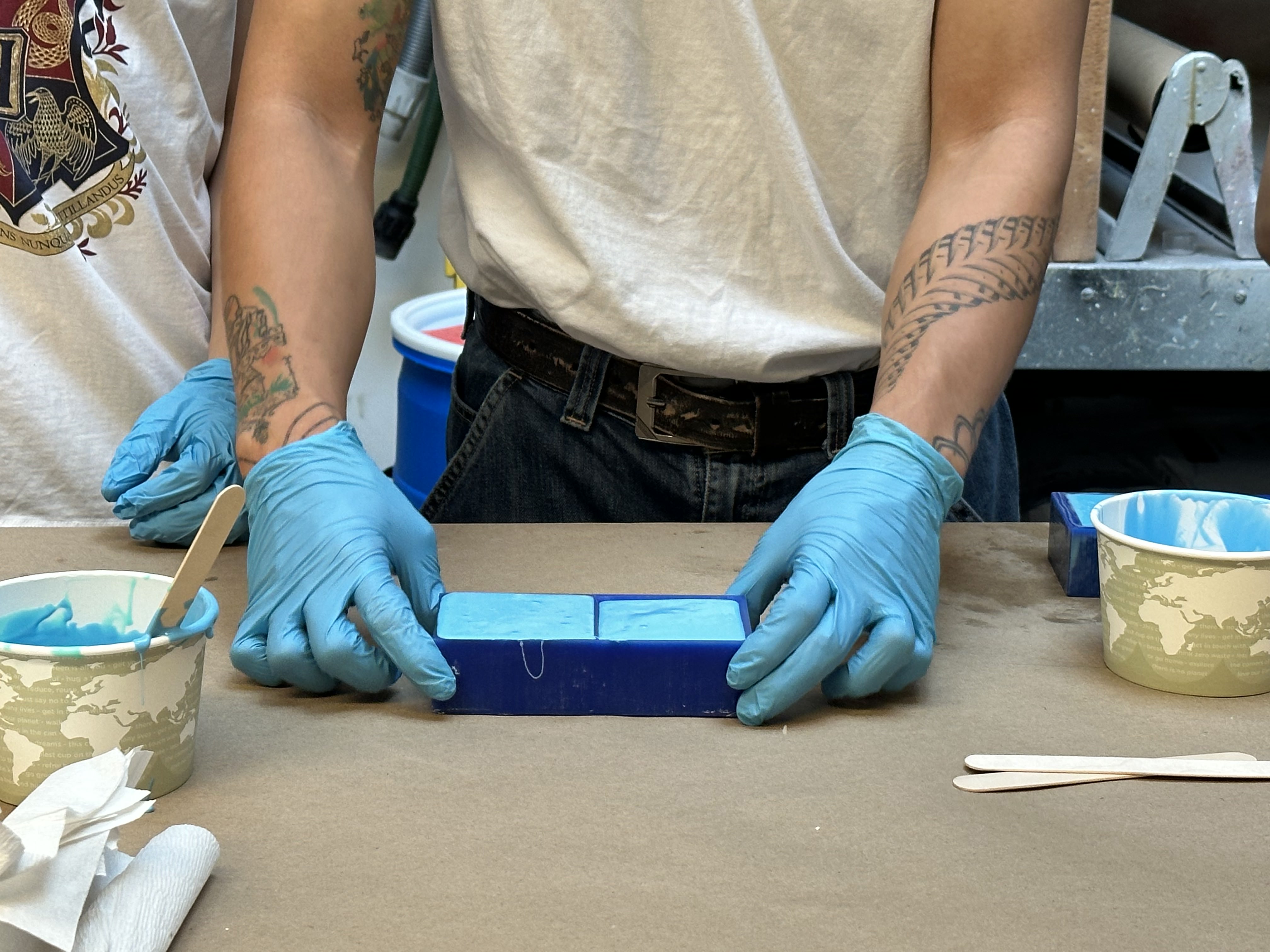
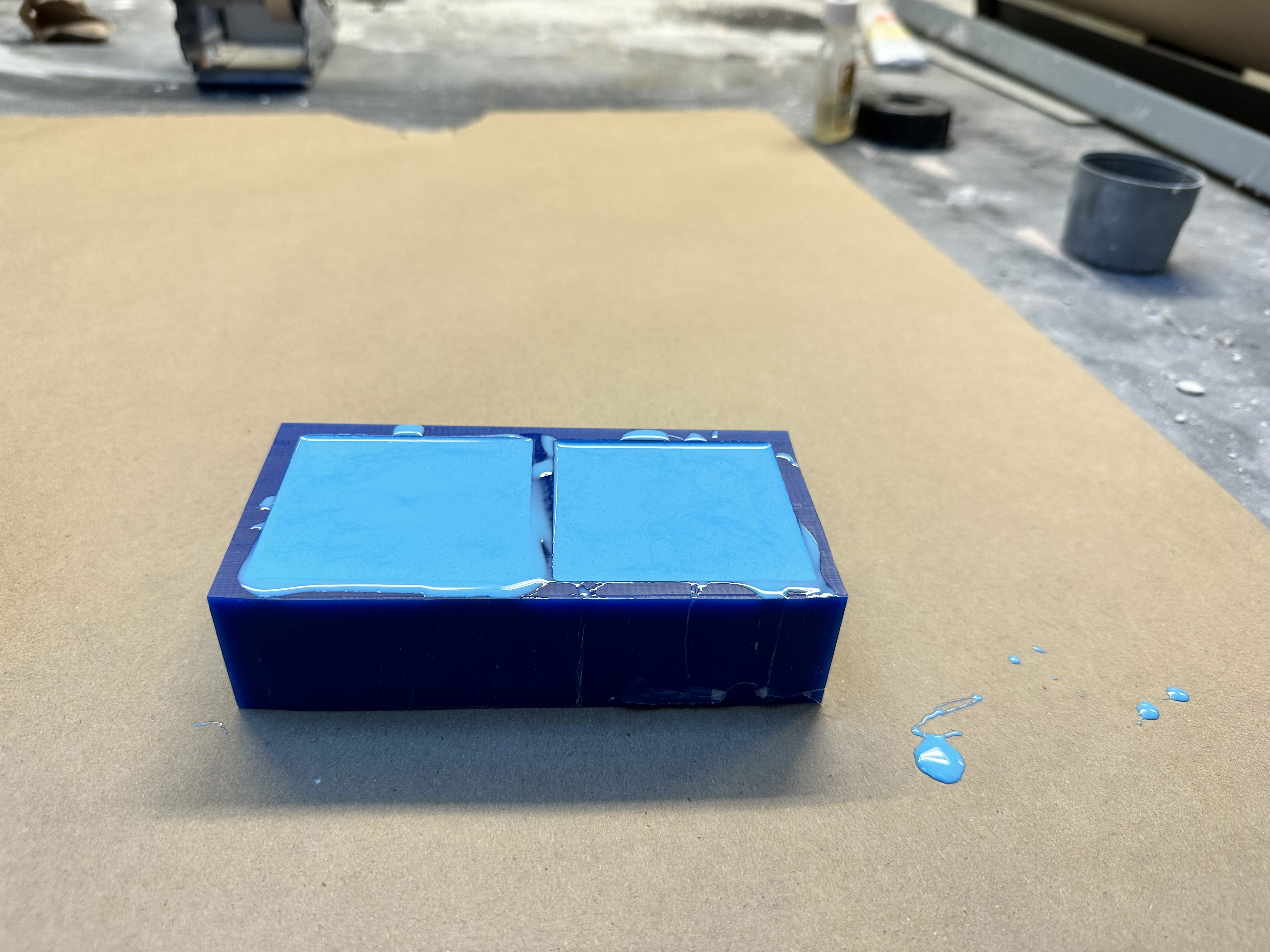
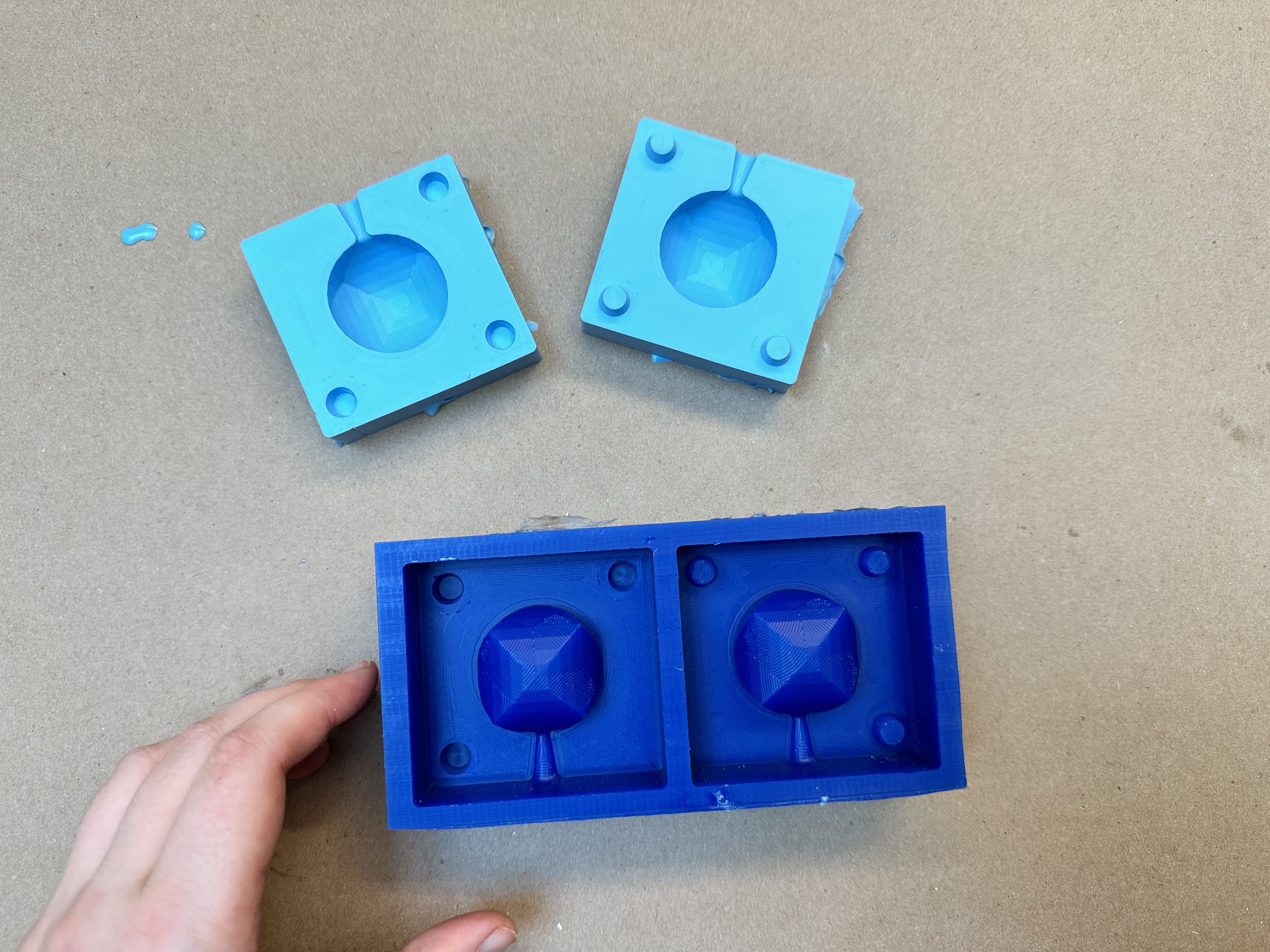
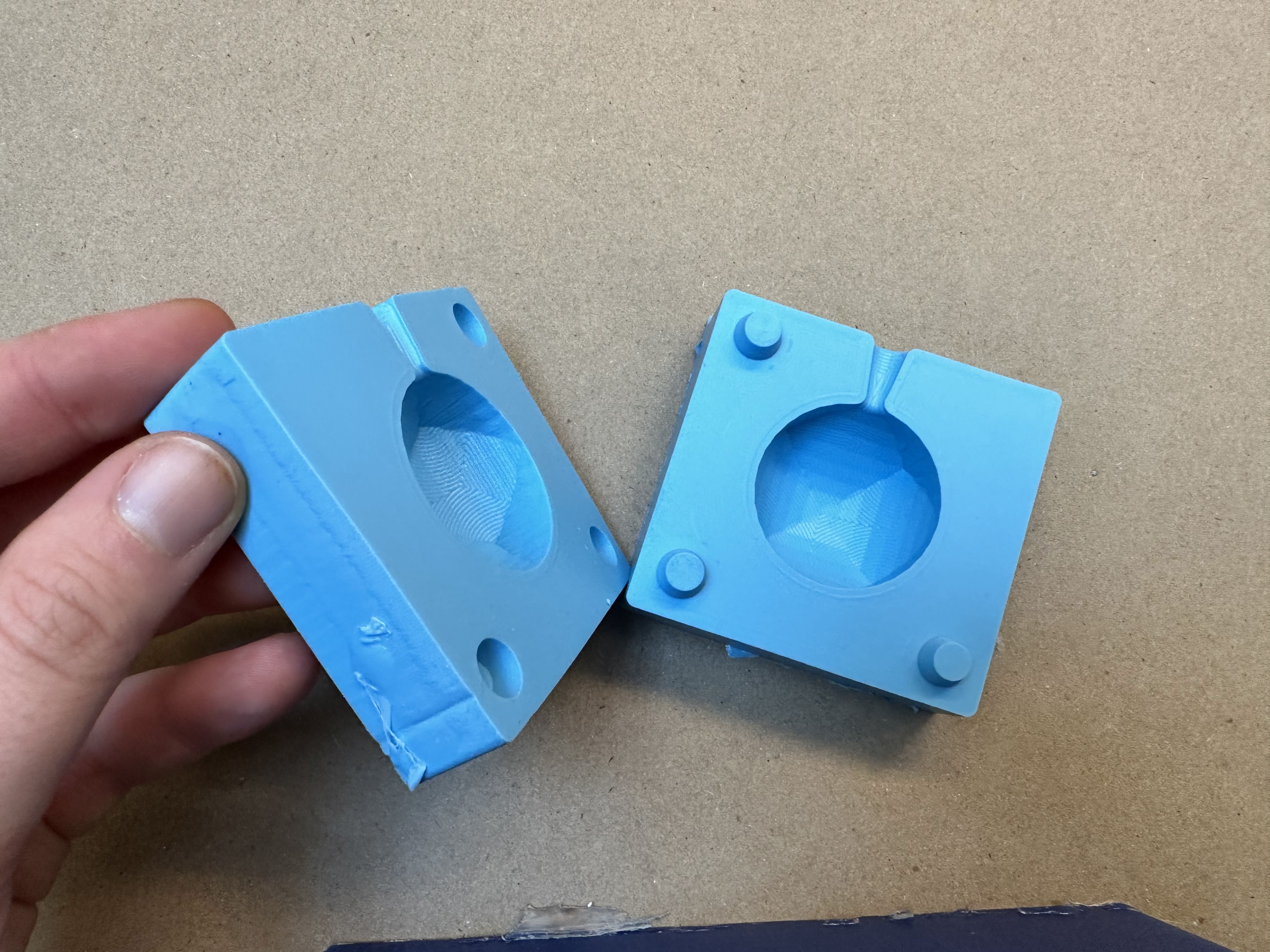
. . , .
Casting the Plaster Geometry

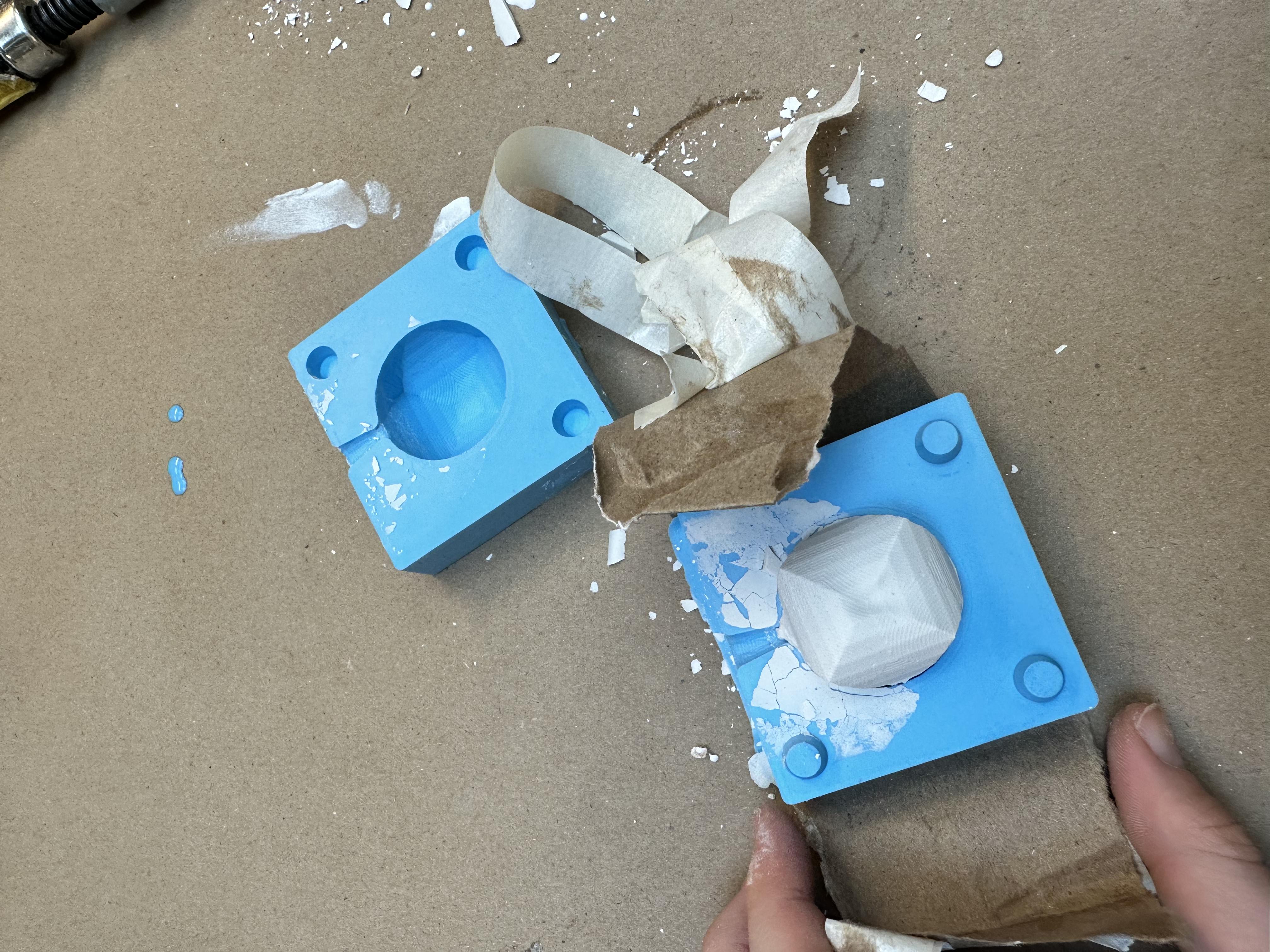
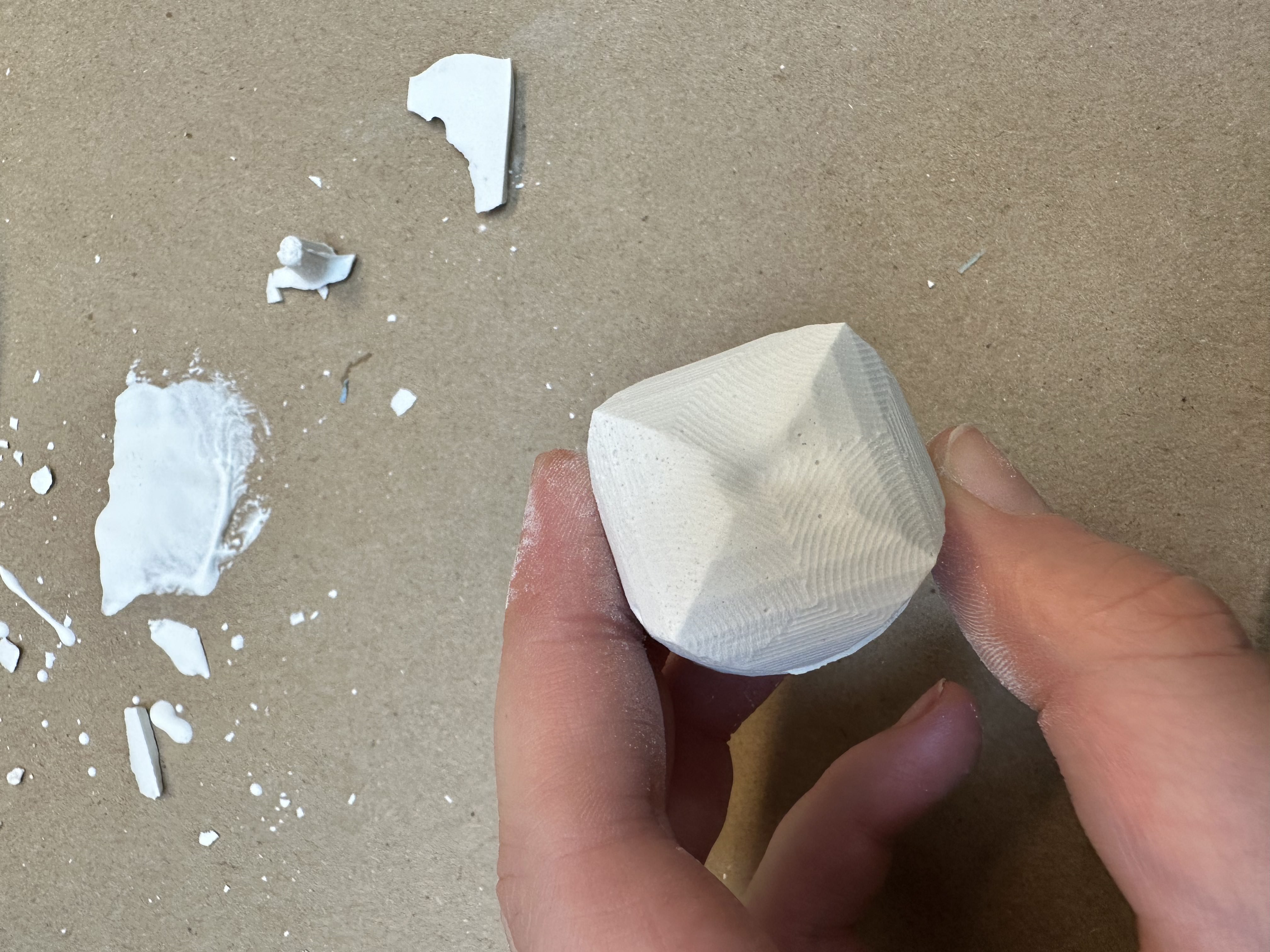
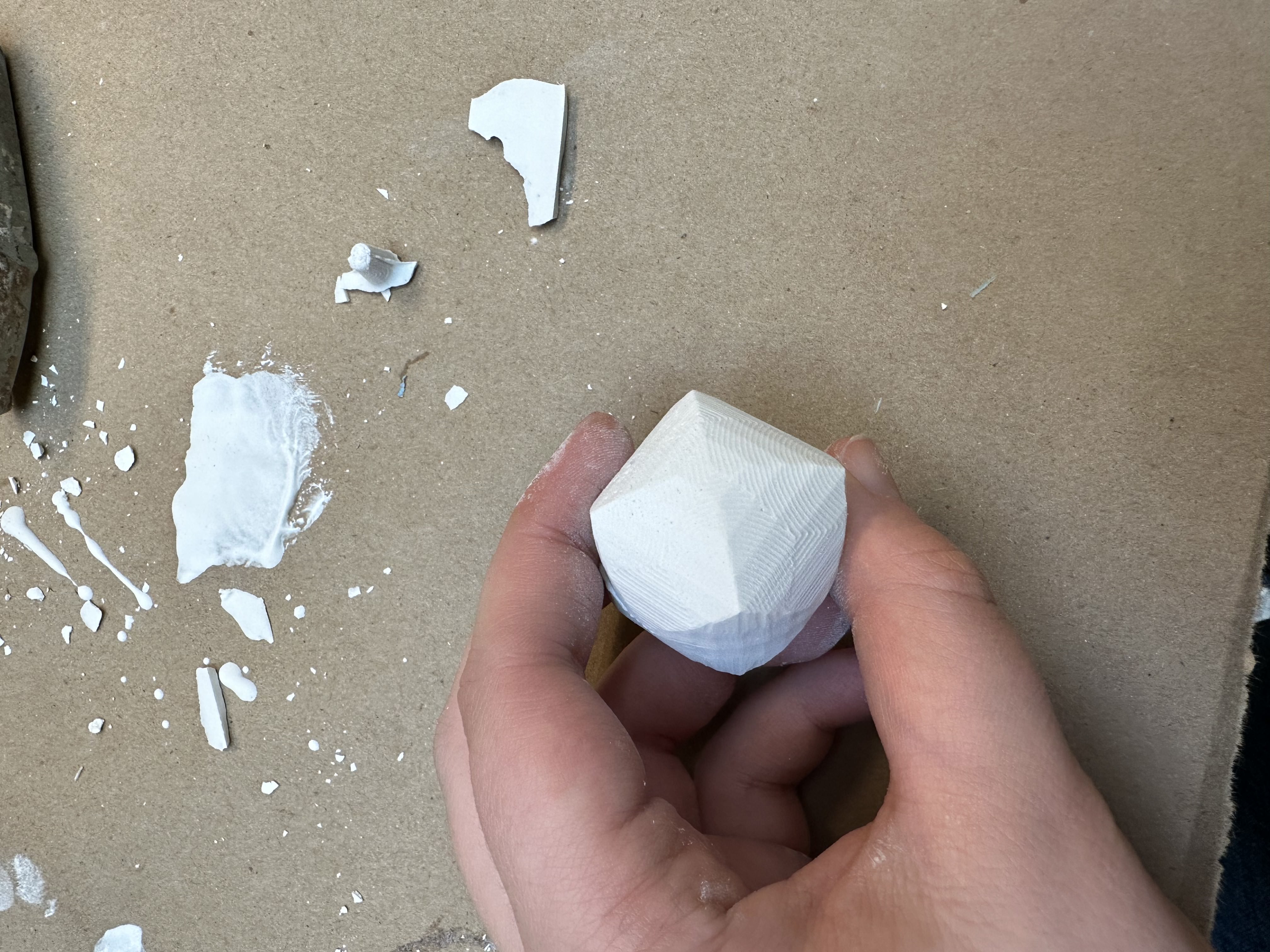
. . , .
!! 00 01 02 03 04 05 06 07 08 09 10 11 12 13 14 15 ??